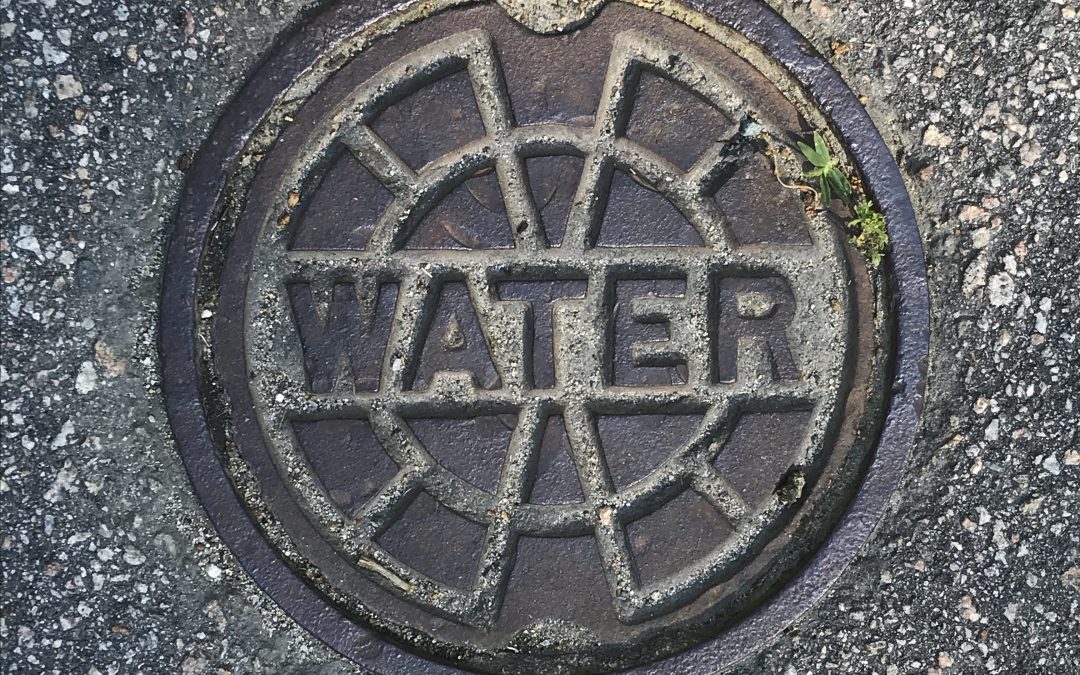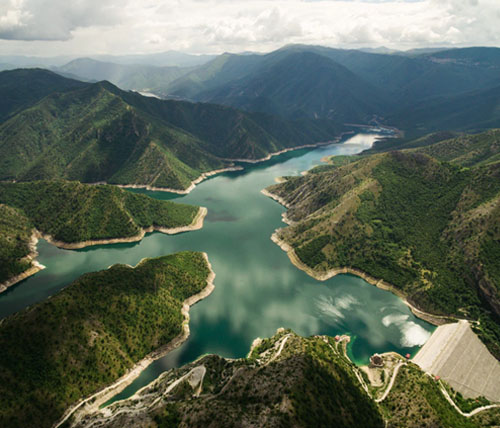
by Lillian Watson | Jan 5, 2022 | Blog, Data Stories, Improved Decision-Making, Time Savings
PFAS (per- and poly-fluoroalkyl substances) are a group of synthetic chemical compounds and emerging contaminants that have been found in water all over the country. North Carolina has had well-publicized concerns with PFAS contamination, which have led to various data collection efforts across multiple organizations. These disparate datasets will be used to guide future regulation and enforcement across the state. But, without greater coordination between the academic and policy communities in North Carolina, these data will remain fragmented, limiting their ability to provide timely and accurate insights about PFAS contamination.

by Ashley Ward | Sep 24, 2021 | Blog, Data Stories, Improved Decision-Making, Innovation, Time Savings
As we work to create an internet of water – a world with more accessible, discoverable, and interoperable water data – we like to highlight the organizations who are contributing to this vision and explore the benefits they provide to water management and other sectors. The Groundwater Protection Council has been improving groundwater and energy data since 1983 and leverages that data to enable environmental protection and increased water availability. The resources they provide to state oil and gas agencies are essential to coordinating regional approaches in the energy-water nexus.

by Kristen Downs | Apr 28, 2020 | Accurate Design and Integrated Operations, Blog, Improved Decision-Making, Increased Productivity, Innovation, Return on Investment, Time Savings
The Albuquerque Bernalillo County Water Utility Authority (Water Authority) of Albuquerque, New Mexico has been expanding its advanced metering infrastructure (AMI) program since 2011. As of 2019, 49% of its 200,000 accounts have been replaced with AMI-enabled meters. The Water Authority harnesses the high-resolution water usage, along with other AMI data, to benefit their employees, customers, operations, and water resources.

by admin | Nov 26, 2018 | Avoided Costs, Blog, Data Stories, Government, Improved Decision-Making, Infrastructure, Return on Investment, Time Savings, Water quantity
U.S. Geological Survey stream gage data are used by organizations to better manage floods through reservoir operations and design, flood forecasting, and floodplain management. The estimated benefits of stream gage data for flood-related decisions were assessed using direct surveys and the Business Model Maturity Index method. The value of data varied dramatically depending on whether the data were considered responsible for the full benefit of flood management decisions or a relative contribution to the decision.




